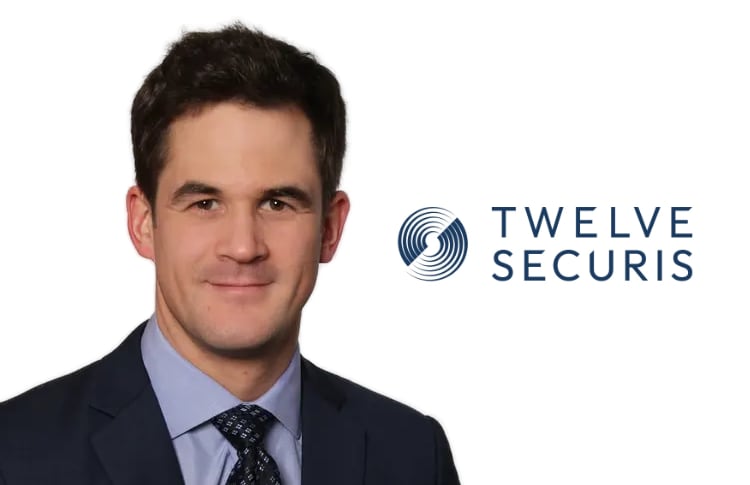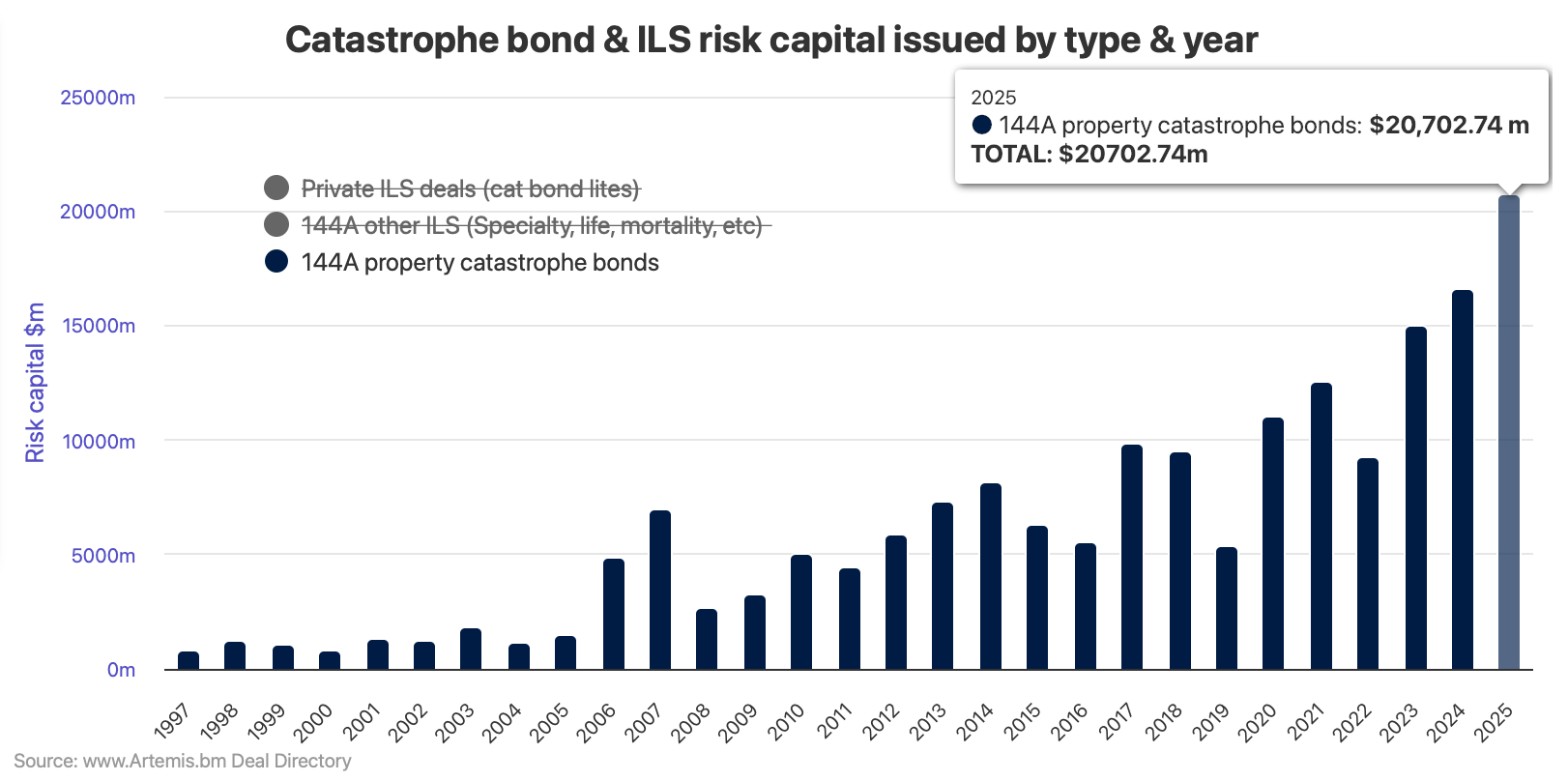
Losses to the Florida Hurricane Catastrophe Fund (FHCF) from hurricanes Helene and Milton in 2024 are set to come in lower than estimates, as its administrators now put the 2024 hurricane season loss at just $3.01 billion for the Cat Fund that provides a reinsurance-like reimbursement for a portion of a residential property insurers’ loss.Previously, when we last reported on the estimate for Florida Hurricane Catastrophe Fund (FHCF) losses from hurricanes Helene and Milton, the administrators of the Cat Fund had said they were expected to fall between $1.6 billion and as much as $6.2 billion.At the time the point-estimate for the FHCF’s combined Helene and Milton hurricane losses from 2024 was placed at $4.6 billion by Paragon Strategic Solutions, the Florida Cat Fund’s consulting actuary.Now, estimates have fallen meaningfully, which is aligned with the experience the traditional reinsurance market and insurance-linked securities (ILS) capacity providers, as the overall Florida losses from Helene and Milton both proved lower than initial modelled estimates.
The latest from the FHCF is that hurricane Helene is only estimated to have caused $10 million of losses, while hurricane Milton is estimated at $3 billion, so for a combined $3.01 billion impact from the 2024 hurricane season.The FHCF also noted that hurricane Debby from earlier in the 2024 season is not expected to cause any losses to the Cat Fund.The FHCF has also updated its estimate for losses from hurricane Ian in 2022.
This estimate stood at $9.5 billion in late 2024, but has now reduced to $8.5 billion, according to the latest data available.Hurricane losses in recent years have depleted the FHCF’s capital resources over time, the fund balance is now projected to be $6.72 billion at year-end, having sat at $7.1 billion prior to the 2024 hurricanes, but as high as over $12 billion just as recently as 2022.Hurricane Ian took a significant chunk out of the FHCF’s claims paying capacity at the time, resulting in a need for more financing to bolster it, and the 2024 hurricanes have dented it further.
But funding will remain above the statutory limit thanks to use of the borrowing capacity the FHCF has, although still it does not look likely to return to buying risk transfer, from the reinsurance market or any capital market sources.Recall that the FHCF purchased reinsurance for a few years through 2019, at one stage in cover.But then elected to stop buying reinsurance in 2020 citing the cost and market conditions at the time.
The FHCF continues to juggle cost versus any burden placed on Florida’s residents, when it comes to its financing.Hence more traditional borrowing has been preferred through recent years and continues to be.Although, given how the catastrophe bond market has been executing of late, there is a question worth asking whether cat bonds could be an efficient alternative, diversifying the FHCF’s sources of claims paying capacity, at any layer in its financing tower.
For the 2025-20226 contract year, the FHCF is forecast to have total claims paying resources of $17.77 billion, so above statutory obligations.But it only gets there through $7.8 billion of borrowing capacity, as well as $3.25 billion of pre-event bond proceeds.The FHCF layer is a critical component of reinsurance for Florida’s domestic property insurance market and is also utilised by nationwide players with operations in the state.
It provides a cost-competitive alternative to traditional reinsurance, so in essence subsidises some of the riskiest lower-layers of reinsurance towers for the primary market.But questions are always asked about what happens when it the FHCF layer gets tapped, perhaps meaningfully and perhaps in consecutive hurricane seasons.At that stage the FHCF would need to be replenished and questions may be raised by traditional debt financing and public markets, which could lose their appetite to support the FHCF’s borrowing needs rapidly in the event of successive severe events.
Which is why multi-year risk transfer could play a role, or a reimagined hybrid debt-like structure with catastrophe triggers embedded, which if structured in such a way as to get a rating, to attract and bring in greater volumes of institutional capital, could be very supportive of the FHCF’s funding needs.The goal being to avoid any necessity for the burden of the FHCF falling on Florida’s policyholders and taxpayers, should multiple storms or severe hurricane seasons see its funding dwindle.There is also a question worth asking about the private reinsurance and ILS market’s ability to take on more of the risk in the FHCF layers and whether primary insurers should continue to be subsidised, or not? This is a question that will likely come up if or when the FHCF is severely depleted, when it may also be asked whether insurers should be able to operate in Florida without the need for public subsidy of their reinsurance towers.
Of course, the other side to those questions is the ongoing balancing-act Florida’s market faces in terms of keeping insurance affordable for its residents, while trying to limit the potential taxpayer burden when inevitable severe hurricane landfalls occur.For legislators, this balancing-act, between insurance affordability and a desire to reduce taxpayer exposure to catastrophic events is precisely why the FHCF exists and it remains an efficient way to help insurers operating in Florida secure adequate reinsurance without the need to pass on more costs to their customers..All of our Artemis Live insurance-linked securities (ILS), catastrophe bonds and reinsurance can be accessed online.
Our can be subscribed to using the typical podcast services providers, including Apple, Google, Spotify and more.
Publisher: Artemis








